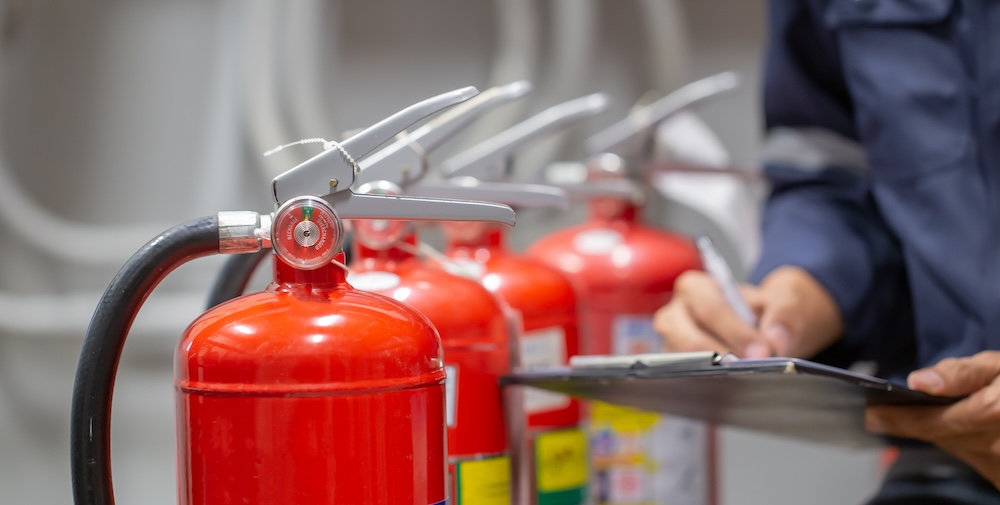Under the NSPIRE framework, managing fire safety equipment, particularly fire extinguishers, has seen some adjustments that are crucial for property managers to understand. Fire extinguishers play a pivotal role in ensuring the safety and readiness of housing units in case of fire emergencies. NSPIRE has introduced specific criteria for evaluating the adequacy of fire extinguishers during inspections, emphasizing the importance of maintenance and immediate accessibility.
How Fire Extinguishers are Handled Under NSPIRE
Understanding Fire Extinguisher Deficiencies
NSPIRE outlines three primary deficiencies concerning fire extinguishers, each classified under the severity level of “Life Threatening.” This classification necessitates corrections within a 24-hour window, highlighting the importance of these devices in ensuring resident safety.
- Pressure Gauge Check: The first deficiency involves the extinguisher’s pressure gauge. If the gauge’s indicator is not within the green zone, it signals that the extinguisher may not function properly if needed, warranting immediate attention.
- Tagging and Documentation: The second deficiency addresses the extinguisher’s servicing tag. An expired tag, or a tag that is missing due to damage or tampering, counts as a deficiency. To avoid penalties, property managers should maintain a current inspection report from a certified fire safety vendor. This report should be readily available to present to REAC inspectors, proving that all extinguishers have been recently serviced and are compliant.
- Physical Condition and Accessibility: The third deficiency concerns the physical state of the extinguisher and its accessibility. Any extinguisher that is damaged or not securely placed in its designated cabinet or bracket poses a significant risk and fails to comply with NSPIRE standards.
Disposable vs. Rechargeable Extinguishers
Understanding the type of extinguishers installed in your property is essential. Disposable fire extinguishers, which should be discarded after use or upon reaching a 12-year lifespan from the manufacture date, are different from rechargeable ones that can be refilled and used multiple times. The type of extinguisher can usually be determined by the instructions on the pressure gauge; for instance, rechargeable units will specify “use with dry chemical only,” while disposables will note “discard after use.”
Proactive Management Tips
To ensure compliance and enhance safety, property managers should adopt a proactive approach to fire extinguisher management:
- Regular Inspections: Schedule regular checks to ensure all extinguishers are in the green zone on the pressure gauge and securely mounted in accessible locations.
- Maintain Documentation: Keep detailed records of all maintenance and inspections done by certified vendors. This documentation should be organized and ready to present during REAC inspections.
- Educate Tenants: Provide information to tenants about the importance of not tampering with fire safety equipment and the proper use of fire extinguishers.
Ensuring Safety and Compliance
Adhering to NSPIRE standards for fire extinguishers is not just about passing inspections—it’s about ensuring the safety and well-being of all residents. By understanding these requirements and implementing routine checks and maintenance, property managers can maintain a high level of preparedness for any emergency, ultimately fostering a safer living environment. For further guidance and support in preparing for your next inspection, consider reaching out to The Inspection Group. Our experts are equipped to provide comprehensive inspections and advice to keep your property compliant and safe.





